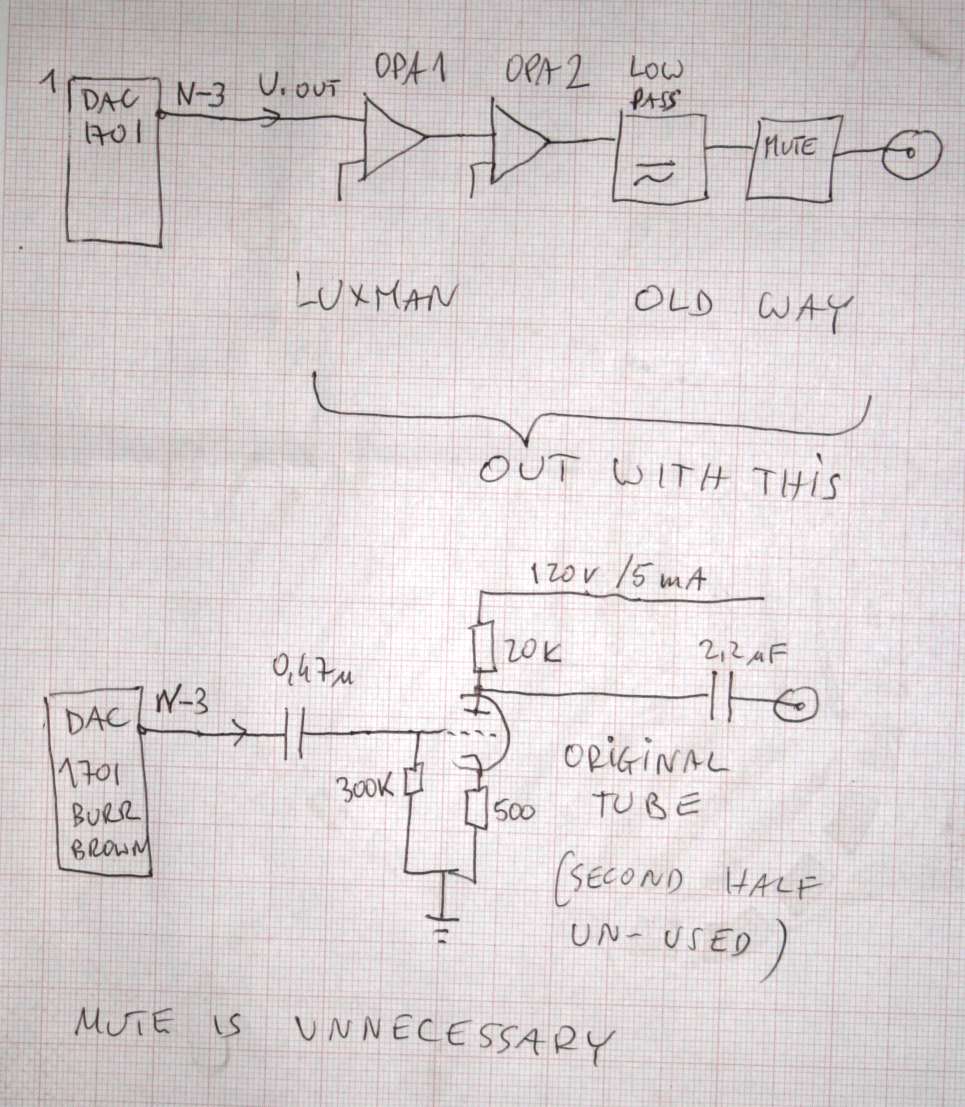LUXMAN D-103u
Is it Lux -ury?
A friend of mine
insisted that I should test my lampizator CD players against the only
real one, the first lampizaed player ever - the real Mc.Coy, the real
deal Luxman D-103u.
So I did.
Was I afraid ?
Not too much,
but a little bit.
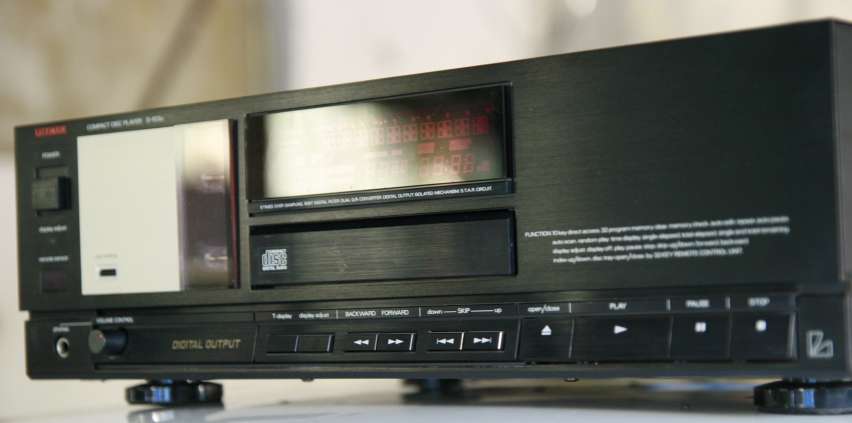

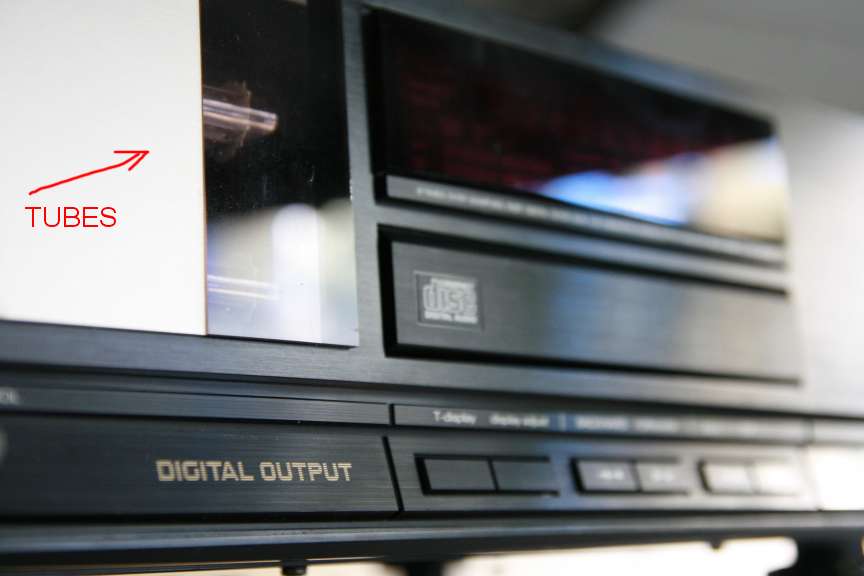
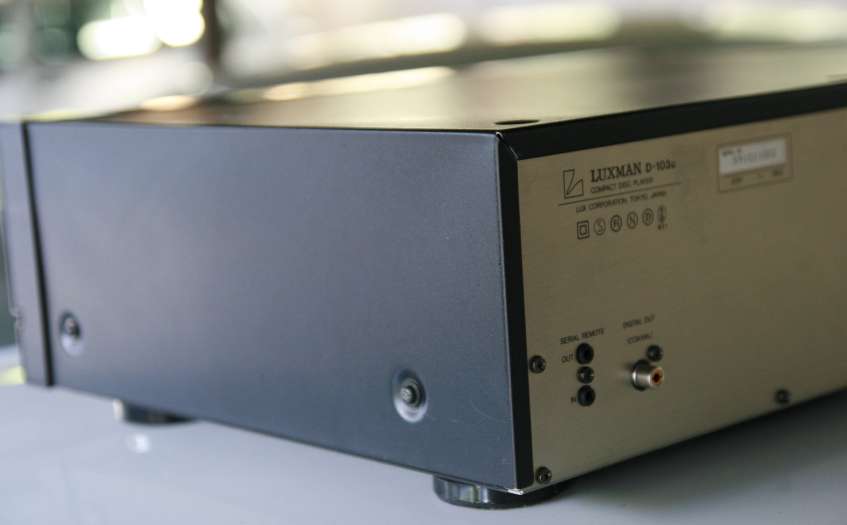
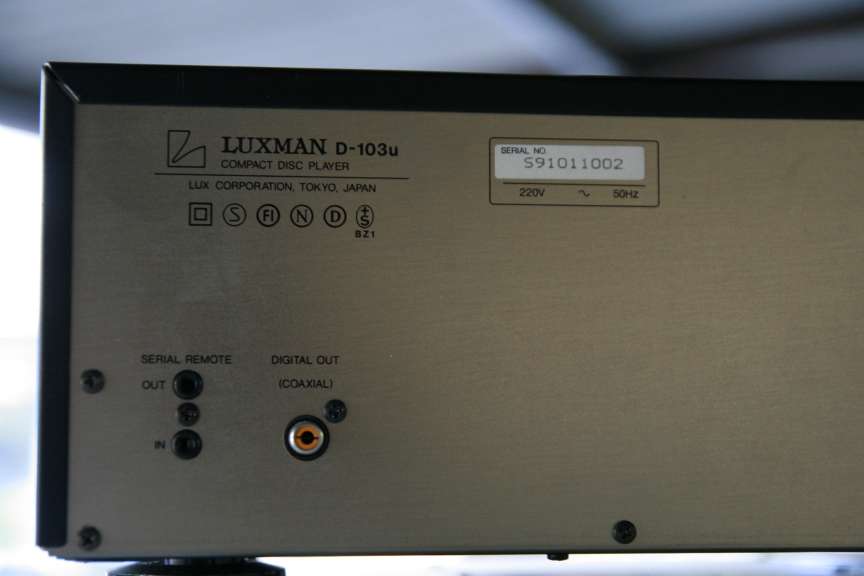

Luxman is a nice Japanese company, a real legend, which produced some
of the most good looking and good sounding gear ever, however in my
opinion - they were more of a well made LIFESTYLE company for the rich
Japanese and Americans, rather than real high end company.
They made very sexy looking solid state amps and receivers, speakers,
turntables etc. On the upper scale of price and top looks.
D103u is their middle of the range CD player. They added tubes and
displayed them in the window on the front. However - luxman was very
conservative in their design, unlike Shanling or Vincent - and their
tubes did not look like whores in the Amsterdam, brothel. No - they
look modest. A big point for Luxman.
As far as I know - nobody before Luxman made a mass market tubed player.
Of course - all depends on our definition of the term TUBED PLAYER.
In my book - tubed player has only the DAC chip and tubes, no opamps.
How about Luxman? Are they kosher guys or not?
All Chinese players from Shanling, Vincent, MHZS - so far were using
tubes as buffers, a decor - after a row of opamps.
Lets find out.
The box is a large one but mostly empty inside, it was supposed to
impress customers. It is also wery lightweight, made of the thinnest
steel they could get away with.
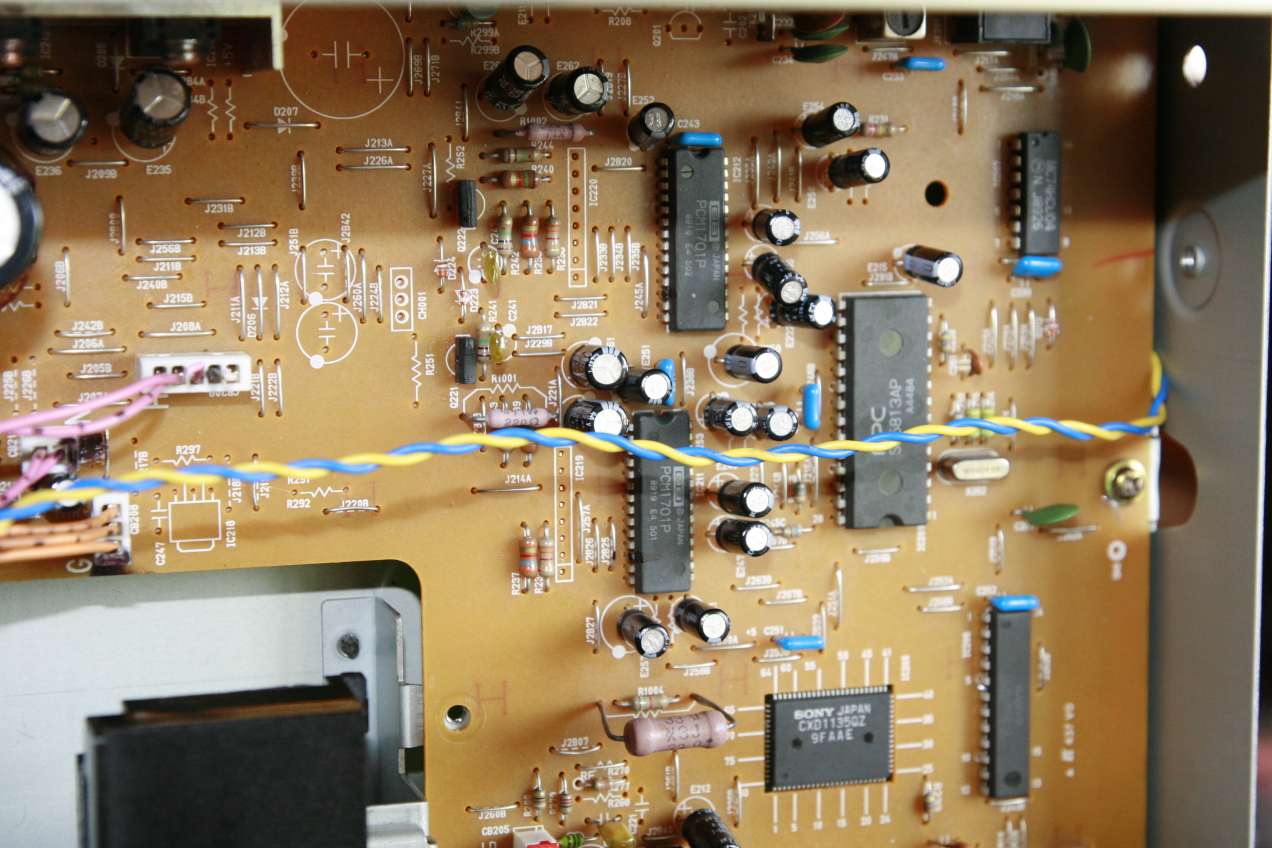
(Above - the blue / yellow twisted wire is my lampizator test signal.
Not original)
The PCB is not too neat, typical mid range Japanese job, similar to
Yamaha, Denon, Akai or Aiwa. The chipset is from Sony as is the whole
mechanism and laser, and DACs are very good and VERY RARE Burr Brown
PCM1701P - one mono dac per channel. I found no datasheet of this DAC
and Vasili's list shows no other players that use them. The 1702 and
1704 were nice high end DAC chips with current I outputs, so maybe this
one is similar ?

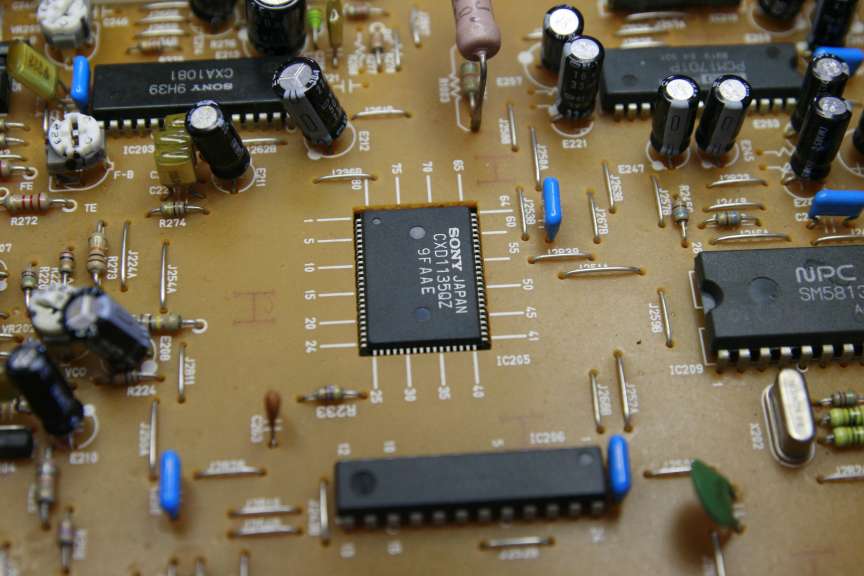

There are two American made tubes (large ones like 6H6P or
ECC182) on a separate PCB.
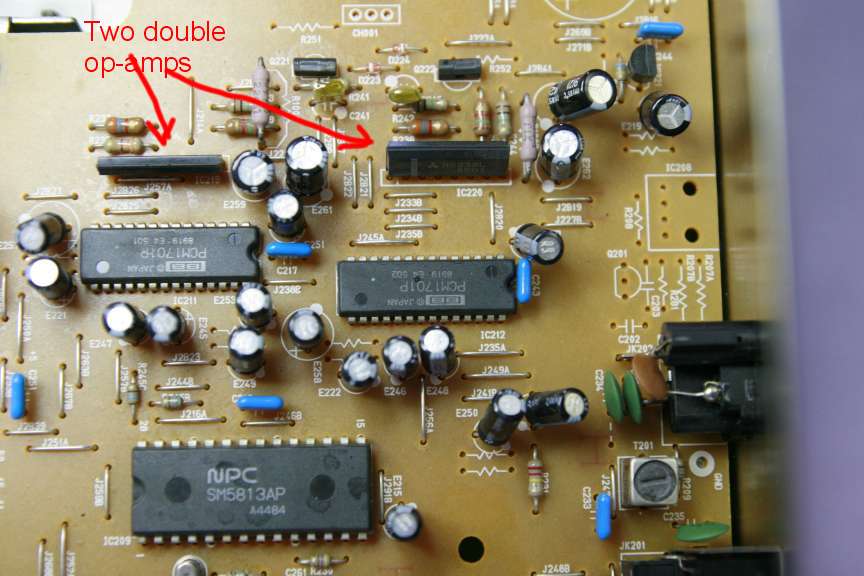
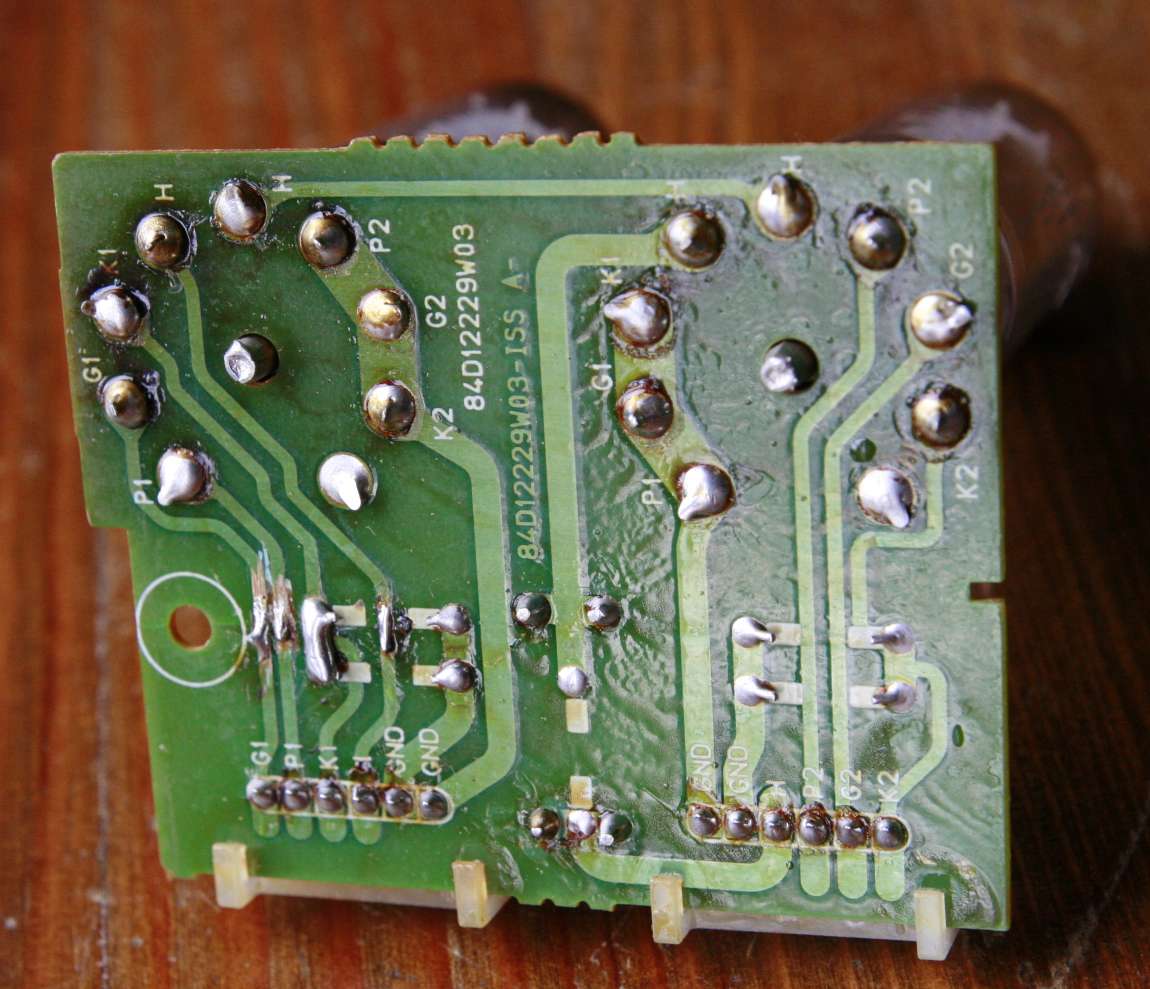
As you see above, Luxman decided to use one tube per channel and did
use only ONE TRIODE, leaving the second triode un-used. P2 K2 G2 are
grounded. So they could have used just one tube per player, but to make
it better looking - they used two. Strange solution , but I can't
complain.
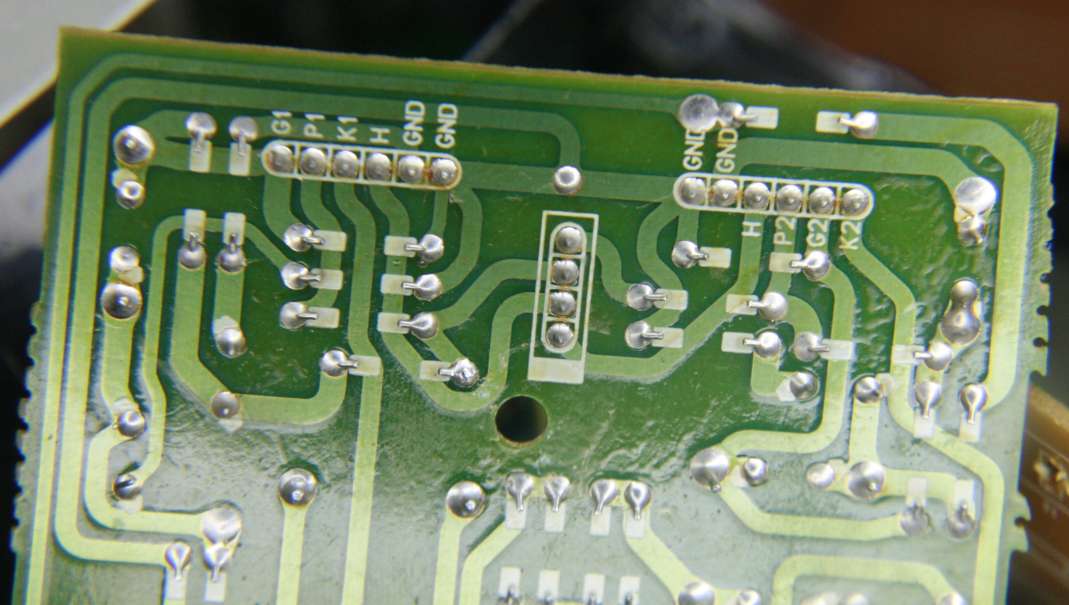
There is a second PCB carrying the circuitry of the triode amplifiers -
some caps, filters and resistors.
G1, P1, K1, H stand for Grid, Plate (anode) Kathode and heater.
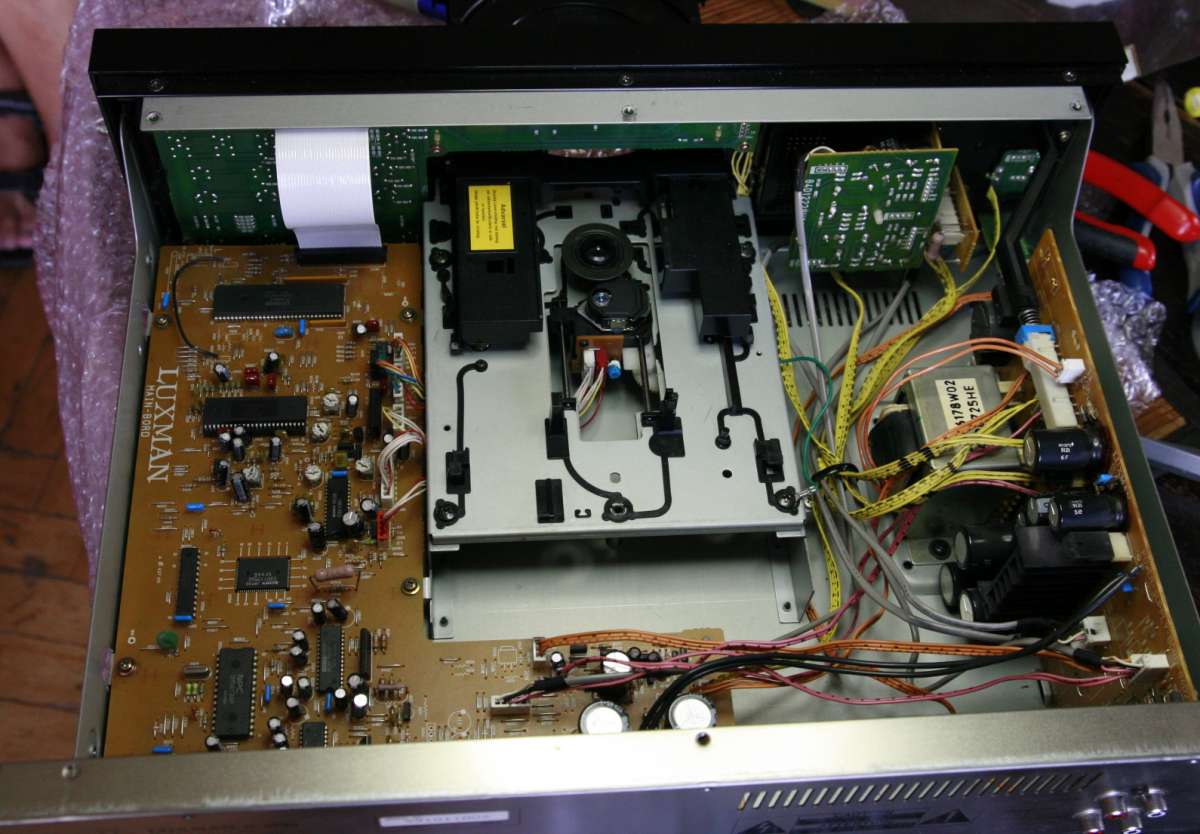
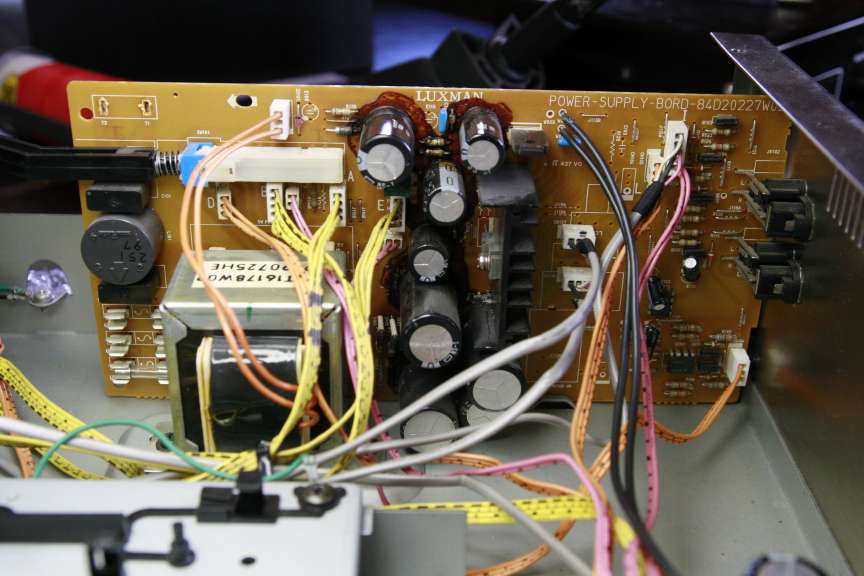
Above is the power supply PCB with both low voltages for the CD player
and high 120 V for tubes.
I am disappointed by the very small cheap transformer and messy and
cheap PCB. They could have done better.
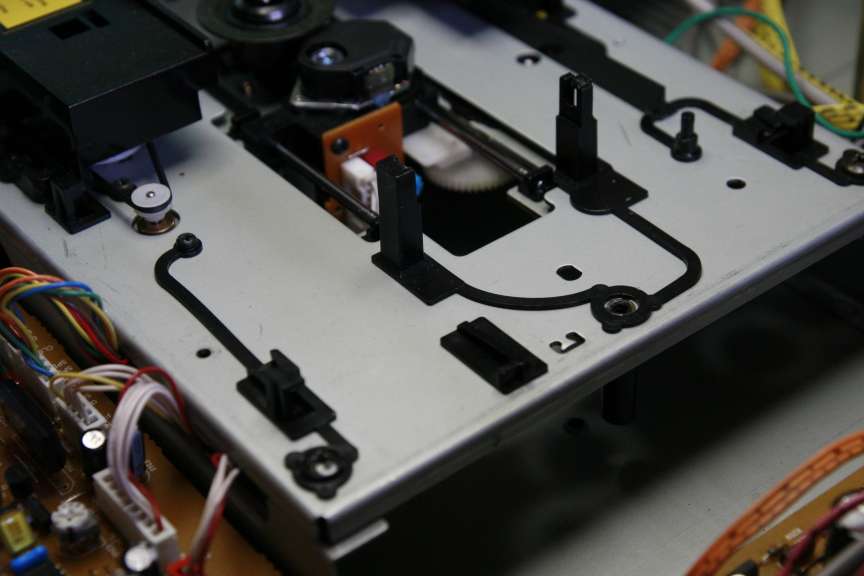
The mechanism is medium one - not flimsy, quite solid, but far from
high-end pretensions. It is a simple sony with good laser.
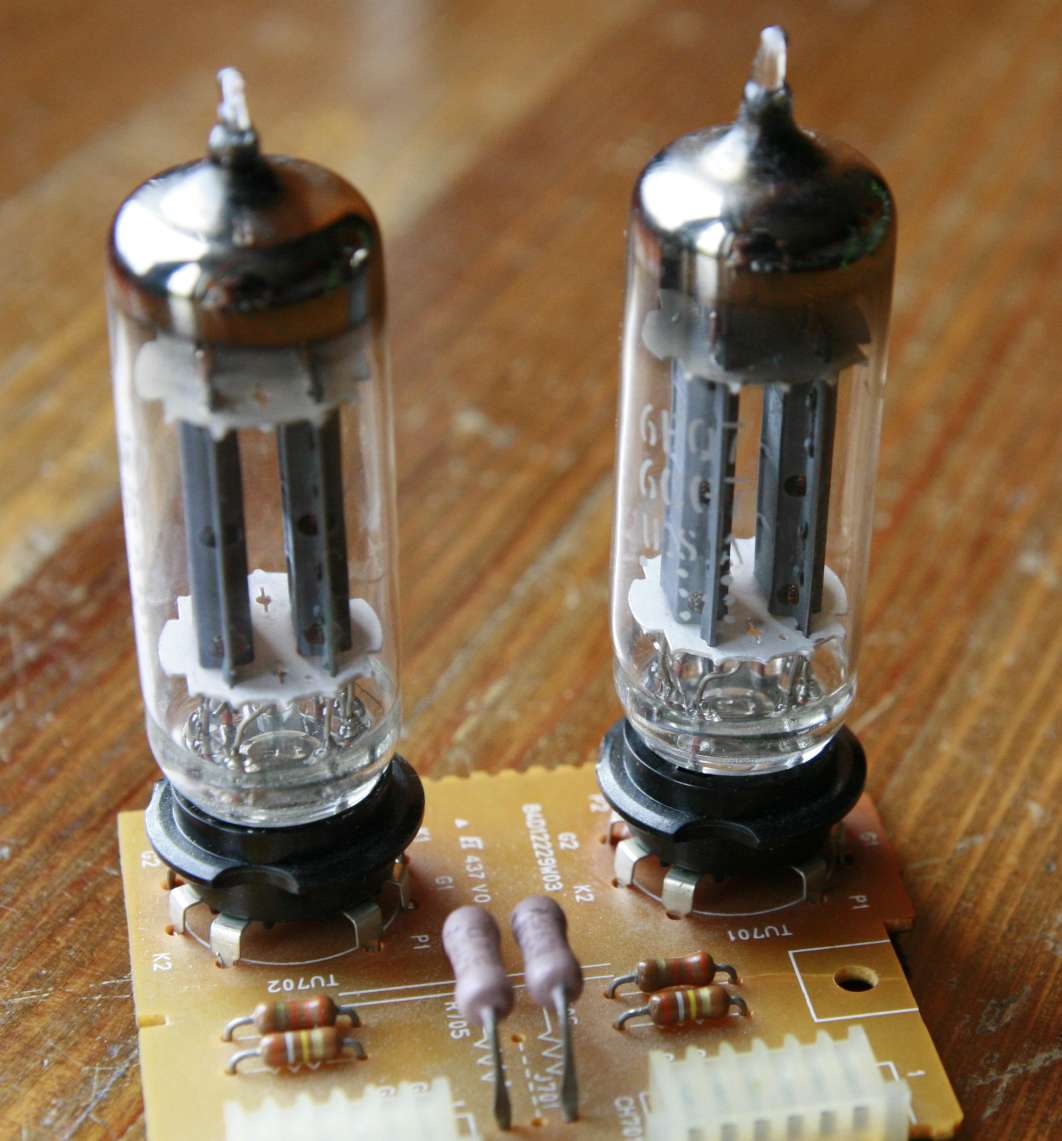
I found these tubes to be very good indeed. No need to replace them.
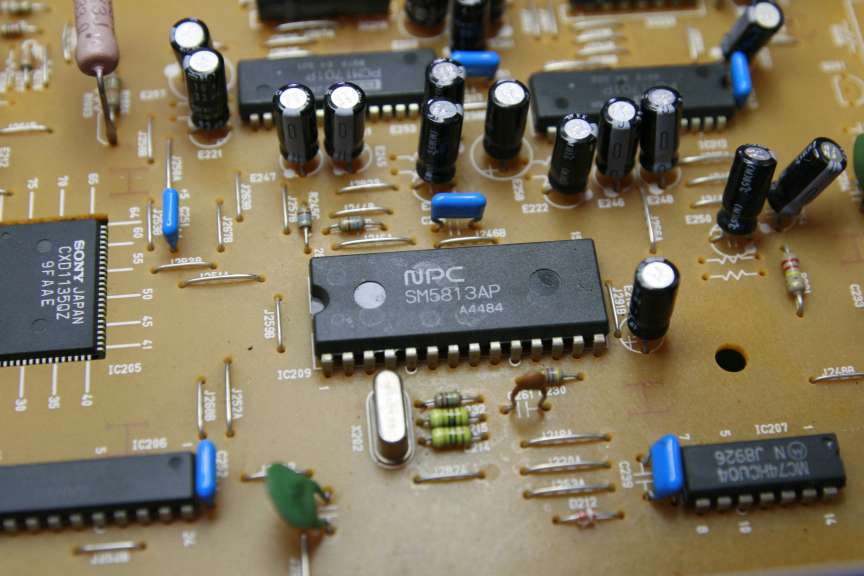

The main motor is a cheapest chinese mabuchi - again - no high end,
sorry guys.
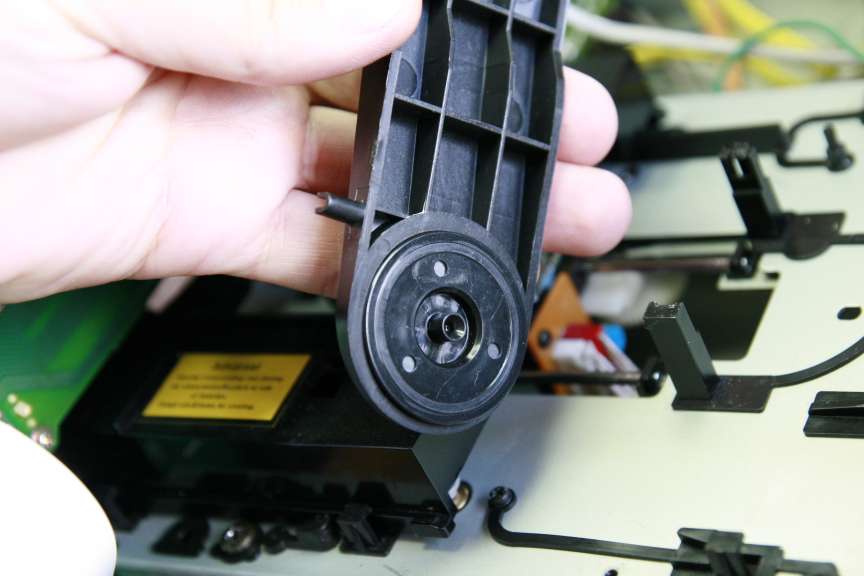
The disc clamp is solid but it is a plastic fantastic. Nothing even
comparable to the better Philips or Sony ones.
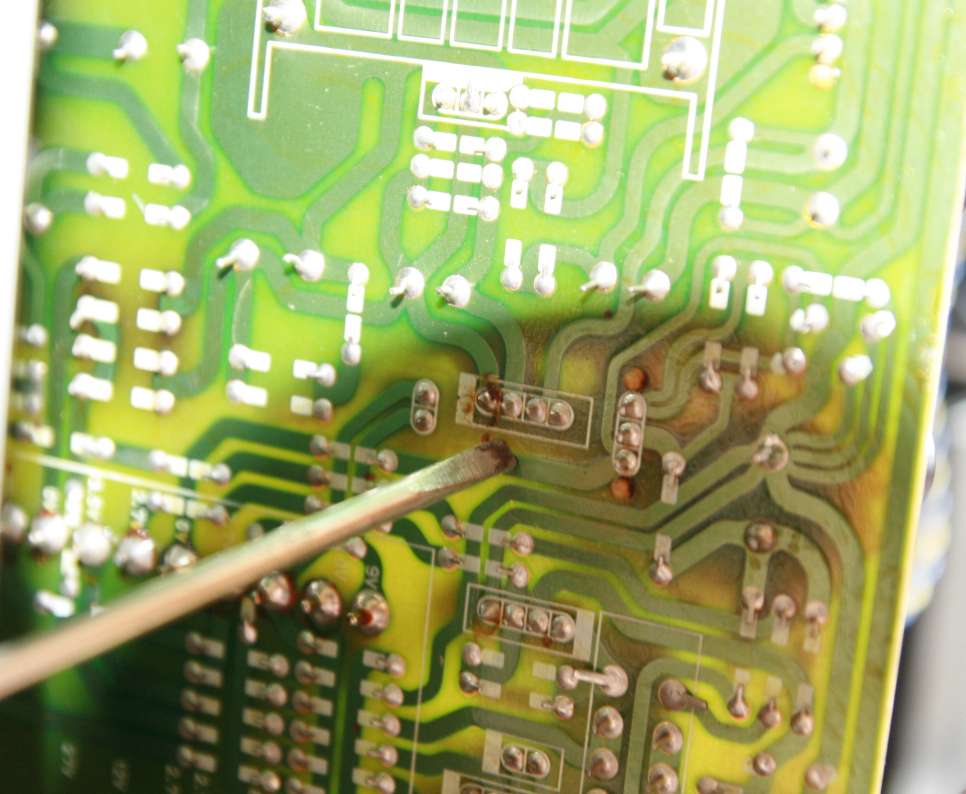
Here I show the connecting point for stealing high voltage power for
the anodes.
I first listened to the player in stock form.
Considering its cheap interior, messy PCB, tubes far away from dac in
the window and two opamps per channel - I did not expect sound to be
this good. It was really okay, better than most stock players, but far
from my Lampizator players. It was listenable and easy.
I decided to try to lampize this player in such way that I would
preserve the tubes, and use nothing additional, only what's already
there
So I decided to remove two opamps per channel, wire the DAC's leg
(floated first) to the tube grids and build new circuit of the triodes.
The original Luxman had after DAC - two opamps in series and after that
crap they added triodes in the buffer mode - cathode follower.
That kind of circuit is a BIG NONO !!
My circuit does away with opamps, and triodes are anode follower single
ended amplifiers.
The Original circuit was so messy and hard to tweak, that I decided to
take a radical route.
I have FLOATED all tube pins and wired them anew.
The floated half tube triode has:
Cathode resistor of 520 Ohms
Anode resistor of 20K/2W
Grid resistor to ground of 360K
Series cap from DAC leg - 0,47uF
Series cap from anode to RCA output of 2,2 uF
RCA is shorted from hot to cold by 360K resistor
Anode is supplied directly from PCB source to anode resistor 20K
The system is silent, stable, very well made.
THE SOUND improved 10 times! It is real high end, in top league. Full
of details, air, space, with excellent bass, soundstage and pace.
The mod costs nothing and is relatively easy.
The player after the mod beats about half of my better players lampized
my way. Not all of them though, not all ;-)
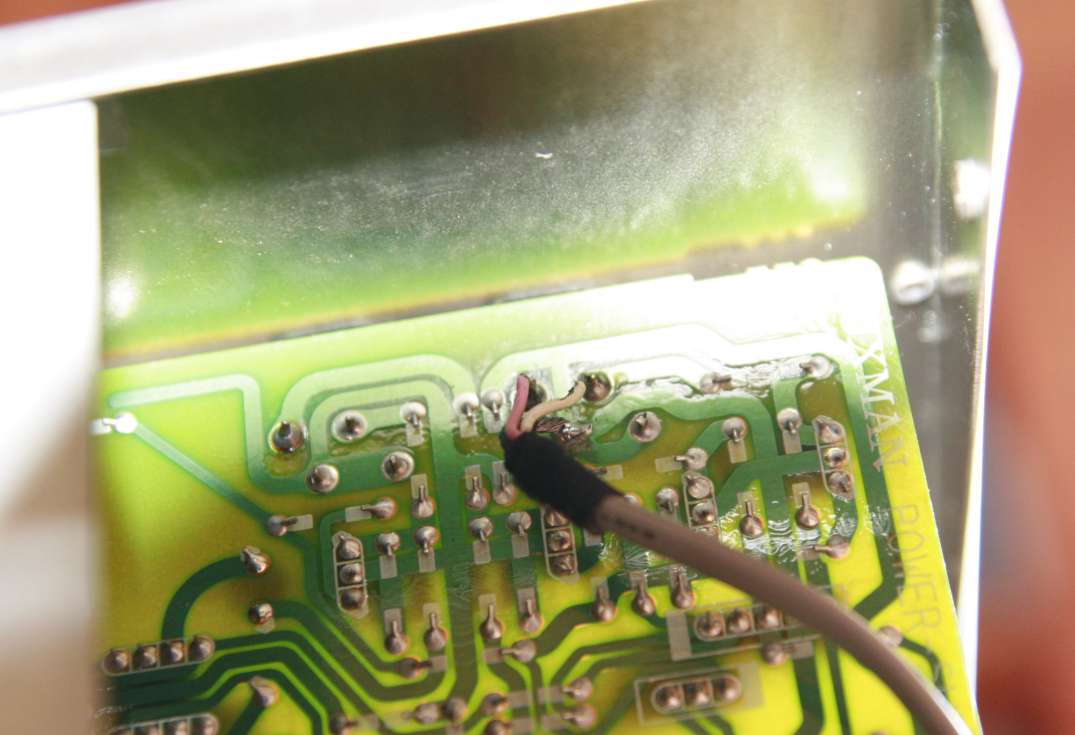
Above is the output from anodes (via capacitor) wired to the FLOATED
rca connectors.

My modification looks messy but it works like a charm. I left NOTHING
from that old PCB - all is either removed or floated (cut off).

The player is a good transport too, but who needs a lampized transport
when it has such a great dac ???
